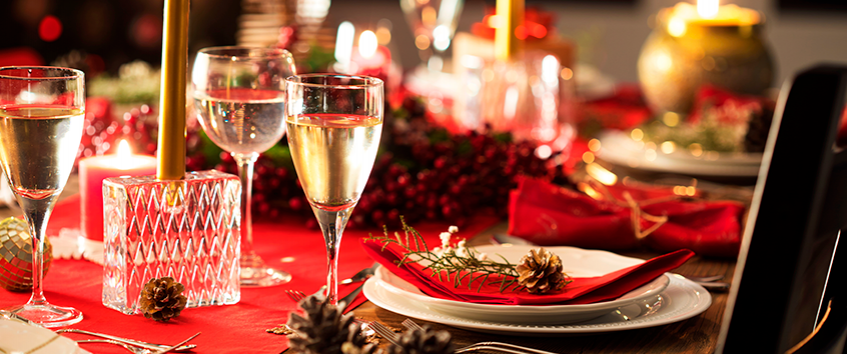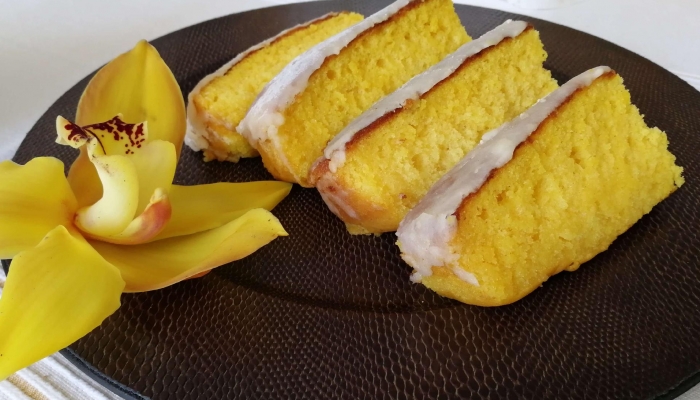Discover the Typical Gastronomy of Douro during Christmas Season
Tips and Suggestions
2019-12-24

The best experiences are associated with the best delicacies, so if this year you decided to make a different Christmas and enjoy this season to discover the Douro region, you should know that, besides the landscapes that gain a special magic with the Christmas mist, there is also a very characteristic gastronomic itinerary that should not be avoided.
Armed in the churches, exposed to the admiration and worship of the people, the Christmas cribs are a great attraction in the houses and shops of the Douro Valley. Santa is more of a secondary figure in this region of Portugal.
In Pocinho, the lunch of December 25, besides the family, usually includes the elderly, neighbors or friends, to ensure that no one spends Christmas day alone after the Eucharist. There are also little gifts for the elderly and sweets (of course!). Small groups are often organized and Christmas carols are heard in the afternoon before sunset.
But going back to Christmas Eve, this is one of the most important for the Portuguese people, from north to south of the country. Douro is no different and, at the table, you can have cod or octopus, both served with egg, potato and Portuguese cabbage.
For those who are faithful to the Midnight Mass, mulled wine helps warm up on a night that, by tradition and Catholic mystery, is one of the coldest of the year.
Roast turkey, piglets, lamb or pork are required at the lunch table on December 25th. Starters includes nuts and, for those who have not yet recovered from the Midnight Mass, there is chicken soup. The pork rinds are another piece of pork chunks that, in the style of Douro cuisine, are drizzled with Douro green wine, vinegar and lemon.
Sweet "migas", french toast and fritters are for dessert and, why not, also a treat in the afternoon. No one thinks of diets at this time of the year, so don't say no if these sweets are served with sugar syrup, accompanied by sweet vermicelli noodles.
You might also find Amarante's convent sweets, namely the "Lérias", "Amarantinos" and "Papos de Anjo".

Although not exactly typical of Christmas, the Cavacas de Resende are also not usually lacking on the Douro tables. Unlike convent sweets, which result from several hours of dedication in the kitchen, Cavacas are made with only three ingredients: eggs, flour and sugar. They are still handcrafted in eight houses in the Resende region and very fresh eggs from nearby farms are used. These sweets are kneaded in a hand-crafted appliance known as a "banco". You can eat Cavacas at any time of day, accompanied by a good glass of port.
Are you salivating yet? Well then, come with us and spend a different Christmas and be inspired by the gastronomic traditions of the typical Portuguese Christmas.
